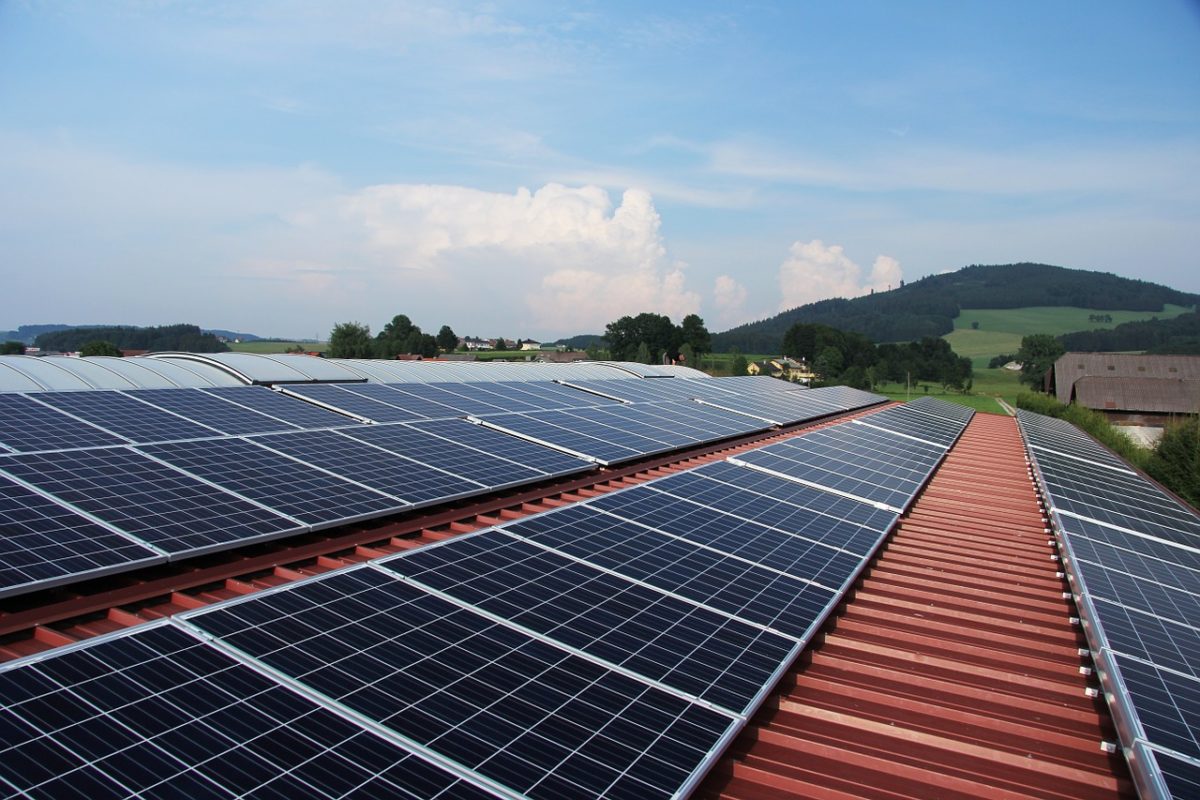From pv magazine USA
The state of New York has released a set of policy recommendations that will drive the next 4GW(dc) of distributed solar power. The state aims to reach 10 GW of installed capacity by 2030.
The recommendations can be found in a long-form report, “New York’s 10 GW Distributed Solar Roadmap: Policy Options for Continued Growth in Distributed Solar,” which describes the logic in the section-specific recommendations for an expanded NY-Sun MW Block program, as per the Governor’s Office.
The program will cost approximately $1.47 billion, which will be collected from electricity ratepayers at a cost of $0.00082 per kilowatt-hour. It is expected that an additional $4.1 billion of private capital will be invested to build out the 4 GW capacity.
The NY-Sun program is administered by the New York State Energy Research and Development Authority (NYSERDA).
Within the New York City Con Edison market, a target of 150 MW is sought from each of three sectors: residential, small commercial (specified as less than 1 MW of modules), and large (greater than 1 MW) commercial projects. The rest of the capacity – 2.94 GW – will be deployed upstate from the highly populated metropolitan area.
Long Island is expected to contribute an additional 560 MW to the 4 GW target, despite running out of incentives in 2016. The policy recommendation for the region is to press on without incentives, as installations on Long Island appear robust without them.
According to NYSERDA, the state currently has 6 GW of solar capacity either installed or officially in the pipeline, as a result of the first round of this energy procurement program.
In total, the program’s budget will increase by $1.474 billion. The funds are to be spread across a series of programs:
- $807 million for base project incentives
- $207 million for the SEEF
- $192 million for incentive adders, including sommunity adder and beneficial siting adders (brownfield)
- $239 million for prevailing wage requirements
- $30 million for state and utility administrative costs
Recommendations are based on each regions’ performance, needs, and project sizes, as well as environmental and labor justice concerns. The Governor’s Office states that the program will deliver at least “35% of the benefits, with a goal of 40% from the investments to statutorily defined disadvantaged communities and low-to-moderate income New Yorkers.”
Popular content
The aforementioned $0.00082/kWh fee, which is paid by all customers and based on the state’s current electricity usage, will be collected over an 11-year period, from 2022 through 2032. The document notes that the yearly price will vary depending upon the progression of the solar program. Average residential electricity accounts should expect an increase of $0.70 to $0.92 per month.
The state says that if the Build Back Better Act is signed, it could save the program more thabn $525 million. That’s because the New York program takes into account the money that solar investment groups will earn. The state has access to some of the world’s most talented financial professionals, who have likely been consulted to help predict just how much each incentive will move the program forward.
NYSERDA has said that if the Build Back Better legislation is signed, they will refile the proposed operating plan – lowering state incentives in response to increased federal incentives.

To reach the upstate goal of 2.9 GW of installed capacity, the state will extend and increase incentives of the existing MW Block program.
The program’s incentives will restart with Block 18, with 800 MW of capacity. Participants will receive a check for $0.17/watt of installed solar panel capacity. The increase from $0.11/watt to $0.17/watt is due to a lowered community solar adder and upcoming decreases to the investment tax credit.
The ConEdison program will pay out $1.30/watt for small projects and $0.75/watt for large projects. The 150 MW block sizes will be cut into 30 MW segments, with each following segment paying out a lower amount per watt.
The 10 gigawatt roadmap requires all projects greater than 1 MW of capacity to pay a prevailing wage. NYSERDA predicts that this will cost approximately $0.125/watt for upstate projects, and $0.20/W for ConEdison projects. Consequently, NYSERDA has asked for an additional $239 million for the NY-Sun program to be paid to contractors to offset the cost of this new requirement.
This content is protected by copyright and may not be reused. If you want to cooperate with us and would like to reuse some of our content, please contact: editors@pv-magazine.com.


By submitting this form you agree to pv magazine using your data for the purposes of publishing your comment.
Your personal data will only be disclosed or otherwise transmitted to third parties for the purposes of spam filtering or if this is necessary for technical maintenance of the website. Any other transfer to third parties will not take place unless this is justified on the basis of applicable data protection regulations or if pv magazine is legally obliged to do so.
You may revoke this consent at any time with effect for the future, in which case your personal data will be deleted immediately. Otherwise, your data will be deleted if pv magazine has processed your request or the purpose of data storage is fulfilled.
Further information on data privacy can be found in our Data Protection Policy.